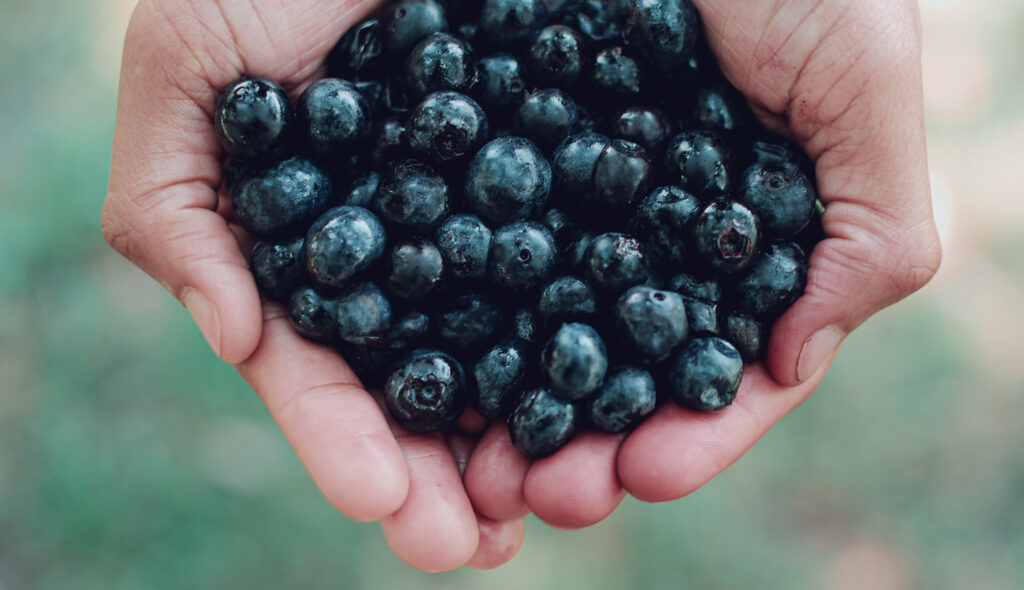Story and Photos by Cowgirl Candace
Farmers markets have long been the heartbeat of the American South, and in Georgia, they do more than just sell fresh produce. They cultivate community, preserve agricultural traditions, and fuel local economies. With deep ties to land stewardship and generational farming, these markets are as much about heritage as they are about harvests.
A Brief History of U.S. Farmers Markets
A cornerstone of American agriculture and commerce, farmers markets have gathered people with soil-to-stand produce since the 1600s. These markets gave farmers a place to sell directly to consumers, bypassing intermediaries, allowing for more profit, and providing communities with healthy food options. In the American South, farmers markets became especially prominent in the 19th century, emerging as vital hubs in rural and urban areas alike.
In cities like Atlanta, Charleston, and New Orleans, central market squares were where enslaved, free, and immigrant farmers brought goods — often harvested from family plots or community gardens. These spaces weren’t just commercial; they were deeply social, weaving together food, culture, history, and kinship.
After World War II, supermarkets disrupted the direct-to-consumer model, causing a decline in traditional markets. However, by the 1970s, a renewed interest in local food systems, environmentalism, and wellness helped revive farmers markets across the country. A decade ago, there were more than 8,000 farmers markets across the United States, according to the U.S. Department of Agriculture (USDA). Today, there’s more than 6,800 listed — a 15 percent dip — on USDA’s online national market directory.
The Georgia Department of Agriculture identifies a network of nine State Farmers Markets (Atlanta Farmers Market, Augusta Farmers Market, Cairo Farmers Market, Cordele Farmers Market, Macon Farmers Market, Moultrie Farmers Market, Savannah Farmers Market, Thomasville Farmers Market, and Valdosta Farmers Market) responsible for more than $1 billion in sales each year. All offer locally sourced veggies and fruits throughout the Peach State and Southeast Region from multigenerational and multicultural Southern stewards.
In Middle Georgia, farmers markets are bursting with original flavors and charming colors this year. Depending on the season, find juicy tomatoes, sweet corn, buttery squash, vibrant okra, leafy collards, pie-ready peaches, and candy-like muscadines stacked high on market tables. Many vendors also supply farm-fresh eggs, handmade salves, and grandma-approved jams and jellies.

These markets serve as vital connectors between farmers and families, enriching the region with both nourishment and neighborly pride. Five Middle Georgia markets worth the trip (and taste):
Where to Fill Your Backroads Basket in Middle Georgia
Dickey Farms | Musella, GA
Location: 3440 Musella Road
When: Monday-Saturday, 9 a.m. to 5 p.m., Sundays, noon to
5 p.m. (Year-Round)
Find: strawberries, fritters, breads, pies, cheese straws, and homemade soft-serve ice cream
EM Farms | Culloden, GA
Location: 1456 U.S. Hwy 80
When: Saturdays, 10 a.m. to 2 p.m. (May to July)
Find: Farm-grown tomatoes, watermelons, fruit preserves, fresh juice, and homemade cakes
Forsyth Farmers Market | Forsyth, GA
Location: Forsyth City Hall, 23 E. Main St.
When: Fridays, 9 a.m. to 5 p.m. (May to October)
Find: Local produce, honey, and handmade crafts
Milledgeville Farmers Market | Milledgeville, GA
Location: 222 E. Hancock St.
When: Fridays (First and Third), 4 p.m. to 7 p.m.
(Spring to Fall)
Find: seasonal produce, baked goods, honey, locally raised meat, jams, and soaps
Poplar Street Farmers Market | Macon, GA
Location: Downtown on Poplar Street
(between MLK and Third)
When: Wednesdays, 3 p.m. to 6 p.m. (Year-Round)
Find: seasonal fruits/veggies, herbs, fresh breads/pastries, flowers, crafts, and live music
About the Author: Cowgirl Candace is a fourth-generation farmer and award-winning communicator based in the Georgia Black Belt Region. The print-to-digital journalist has contributed to and collaborated with brands like the U.S. Department of Agriculture, Justin Boots, Wrangler, Cowboys & Indians Magazine, USA Today: 10 Best, National 4-H Council, REI Co-op, Patagonia, and Visit Fort Worth.







